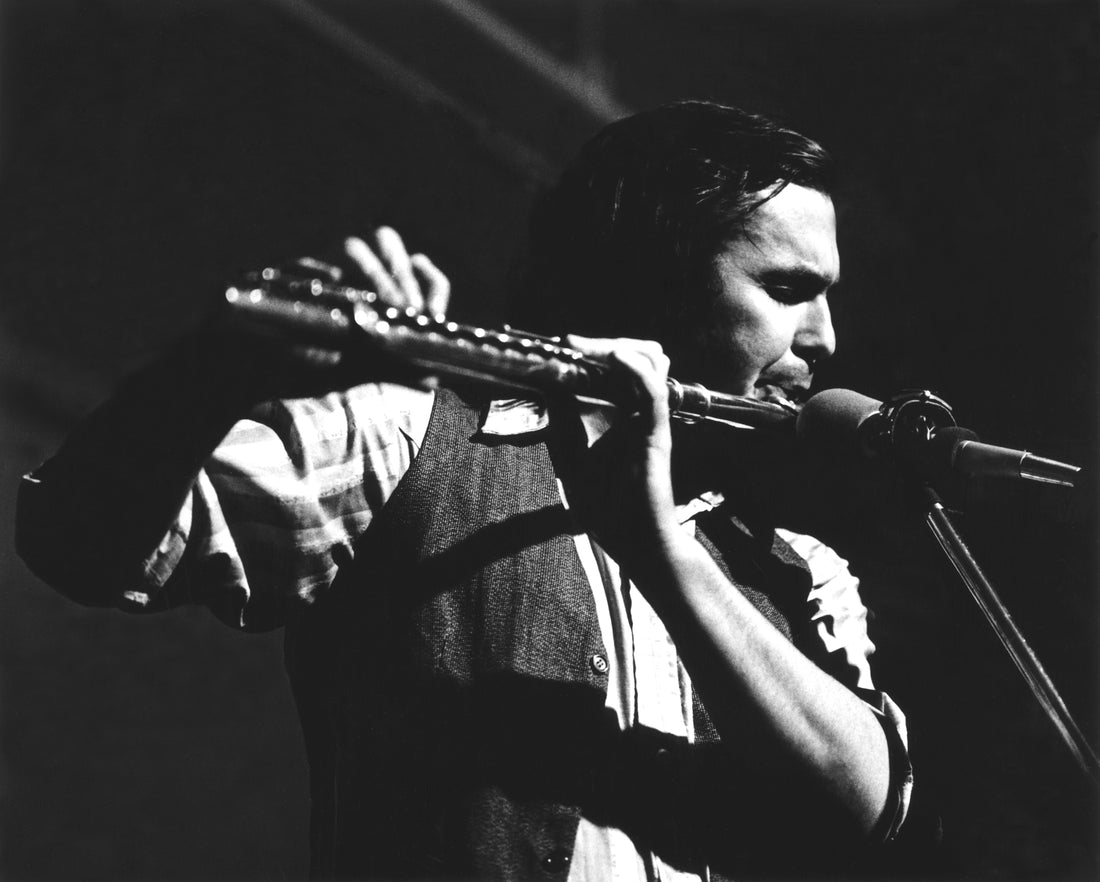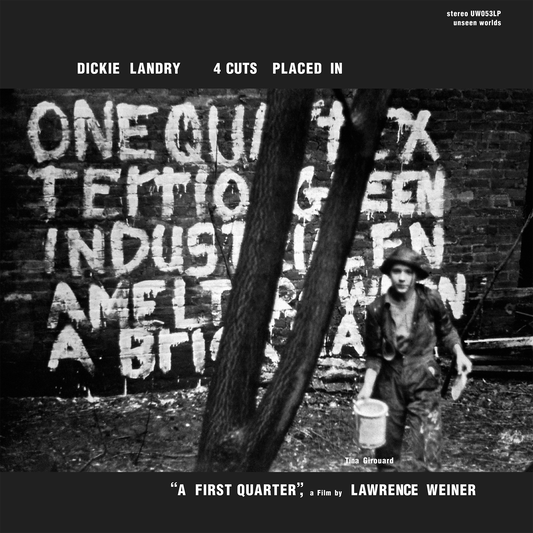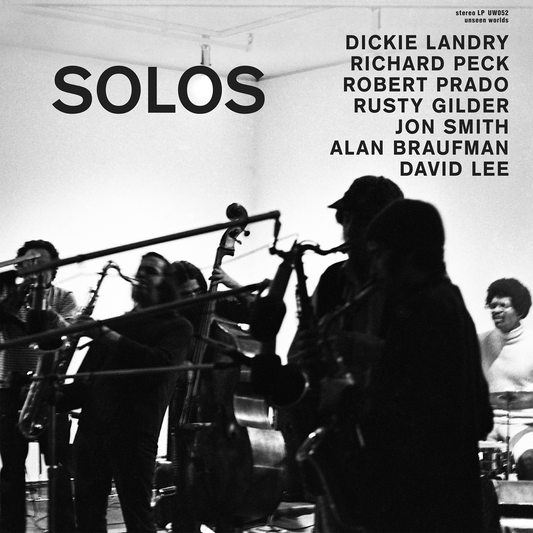The term minimalism, like most musical terminology, is one which is hotly contested. Though the idea of something being minimal is often pejorative – we don’t like to think of a “minimal amount” of anything – the belief that a certain art form could be pared down to its most essential qualities is of a different lexicographical impulse. In retrospect, the idea seems uniquely American and is borne out of the modernist dictum of refinement – a sense of clarity by which, once achieved, an art form might solidify its historical relevance (to paraphrase the art critic Clement Greenberg). In music, minimalism generally refers to American composers (all very different) like Philip Glass, Steve Reich, Terry Riley and La Monte Young. Glass and Reich especially have become household names in modern music, though their work is little understood beyond its intense repetition and distinctly non-minor tonal centers.
A better word for minimalism might be “materialism,” insofar as it allows one to focus on the materials at hand, whether sonic/aural, visual, or spatial, in dealing with art. Materialism would also allow one to deal with the variability – the flux – of that material as it goes through a cycle of change and understanding (i.e., paring down). The work of woodwind instrumentalist and composer Richard “Dickie” Landry, an early and regular associate of Glass from 1968 until 1981, could best be understood in material terms. However, that’s not to say his work is as didactic as we’ve come to view the music of his employer and brethren. Born in Cecilia, Louisiana in 1938, Landry began playing saxophone at a young age, spurred on by his brother, and picked up the flute after college (studying with Toscanini’s principal flutist, Arthur Lora).

Following two LPs on the Chatham Square label (which he co-ran with Glass and Kurt Munkacsi) including one based around the film A First Quarter by conceptual artist Lawrence Weiner, Landry recorded Fifteen Saxophones in 1974. It was released in a small run on the Northern Lights label in 1977 and reissued in Germany on Wergo Schallpatten in 1978. The album features three seemingly no-frills pieces: “Fifteen Saxophones,” “Alto Flute Quad Delay,” and “Kitchen Solos” (which takes up the entire second side). As Landry himself puts it, “Fifteen Saxophones came out of the idea that Kurt Munkacsi would record the live tenor saxophone sound once and delay it four times. Then through overdubbing, we would repeat the process two more times – thus five times three is fifteen. When I did the quad pieces, I’d run the sound through two Revox tape machines at 3 1/3 speed intervals for live performance.” Landry began performing solo in concerts in 1974, first in New York and then in Europe, mostly in art galleries and museums.
These works are “about how far I could take the saxophone, and when I did solo concerts at that time, it was not about composition but about the instrument, its sound and capabilities. There is a video that I did at the performance of “Kitchen Solos” that Carlotta Schoolman produced. It was made on a pretty low budget – there was a pinpoint of reflected light on the bell of the saxophone, with the result being that when the instrument moved it etched its image into the lens of the video camera. It’s burnt in as I’m playing – very materialist – and this is one part of “Quad Suite” (four videos). There’s also one where I play the bamboo flute, concentrating on the lips and breath, and another where I’m playing the guitar with a concentration on the movement of the strings, which like the lips, are part of the sound’s source.”

But “Fifteen Saxophones” and the other pieces here are not just about number and environment – they are about sound and humanity. The saxophone is a conical bore instrument with a reed, keys and pads, and without a person and that individual’s history and experience, it wouldn’t serve much purpose. Landry puts into the instrument his years growing up in southern Louisiana picking cotton and milking cows; singing Gregorian chant as a boy in the church choir; listening to recordings of Charlie Parker, Lee Konitz and Gerry Mulligan that his brother mailed him; photographing, making films and drawing; and bringing all these experiences into a lived, material process.
The haunting simplicity of ancient choral music and its vocal plasticity imbues the title piece, as well as the somewhat related “Alto Flute Quad Delay.” Inasmuch as these pieces are firmly rooted in tape delay and studio reverb, they also function completely as an expansion of Landry’s smooth, keening tone. “Kitchen Solos” is a delay piece in which Landry works through short phrases of angular fluidity, the spaces between bursts filled with sonic apparitions. If he’d been working in the free jazz lofts during this time, we’d hear his name mentioned alongside players like Kalaparusha, Dave Liebman, and Joe McPhee, but because the jazz world – and the music world as a whole – paid very little attention in the 1970s to his music, singular solo tenor statements like “Kitchen Solos” remain un-discussed.
To broaden Landry’s working context from his association with Glass, we can also align his work with “post-minimal” artists like his friends, neon sculptor Keith Sonnier (for whom he worked as videographer and photographer for five years), painter Chuck Close, and sculptor and installation artist Richard Serra. Serra’s late 1960s lead pieces as they were installed at his first one-man show at the Leo Castelli Gallery (which Landry helped put together) dealt with the literal facts of material, but without a human interface there would have been nothing of value. As Landry said of working with Serra, “you have to understand that those lead plates were four foot square, three quarters of an inch thick and each weighing four hundred pounds. If you went forward or backward six inches then you had to let them go, otherwise you’d get crushed. We were dealing with 1200 pounds of weight. We’d say ‘on the count of three, if we get to the count and it’s still standing, back up and walk away’.” Just as Landry also described Glass’s early music – “he wasn’t minimal, he was maximal!” – so the weight of pure, material humanity imbues the three pieces on Fifteen Saxophones.
– Clifford Allen, Austin, Texas, December 2010
All photos © Gianfranco Gorgoni

![[product title] - unseen worlds](http://unseenworlds.com/cdn/shop/products/0008256442_10_1500x.jpg?v=1566323013)
![[product title] - unseen worlds](http://unseenworlds.com/cdn/shop/products/UW06CoverHiRes_1500x.jpg?v=1566370081)
![[product title] - unseen worlds](http://unseenworlds.com/cdn/shop/products/0008256442_10_1445x.jpg?v=1566323013)
![[product title] - unseen worlds](http://unseenworlds.com/cdn/shop/products/UW06CoverHiRes_1445x.jpg?v=1566370081)
![[product title] - unseen worlds](http://unseenworlds.com/cdn/shop/products/0008256441_10_1445x.jpg?v=1566323013)


